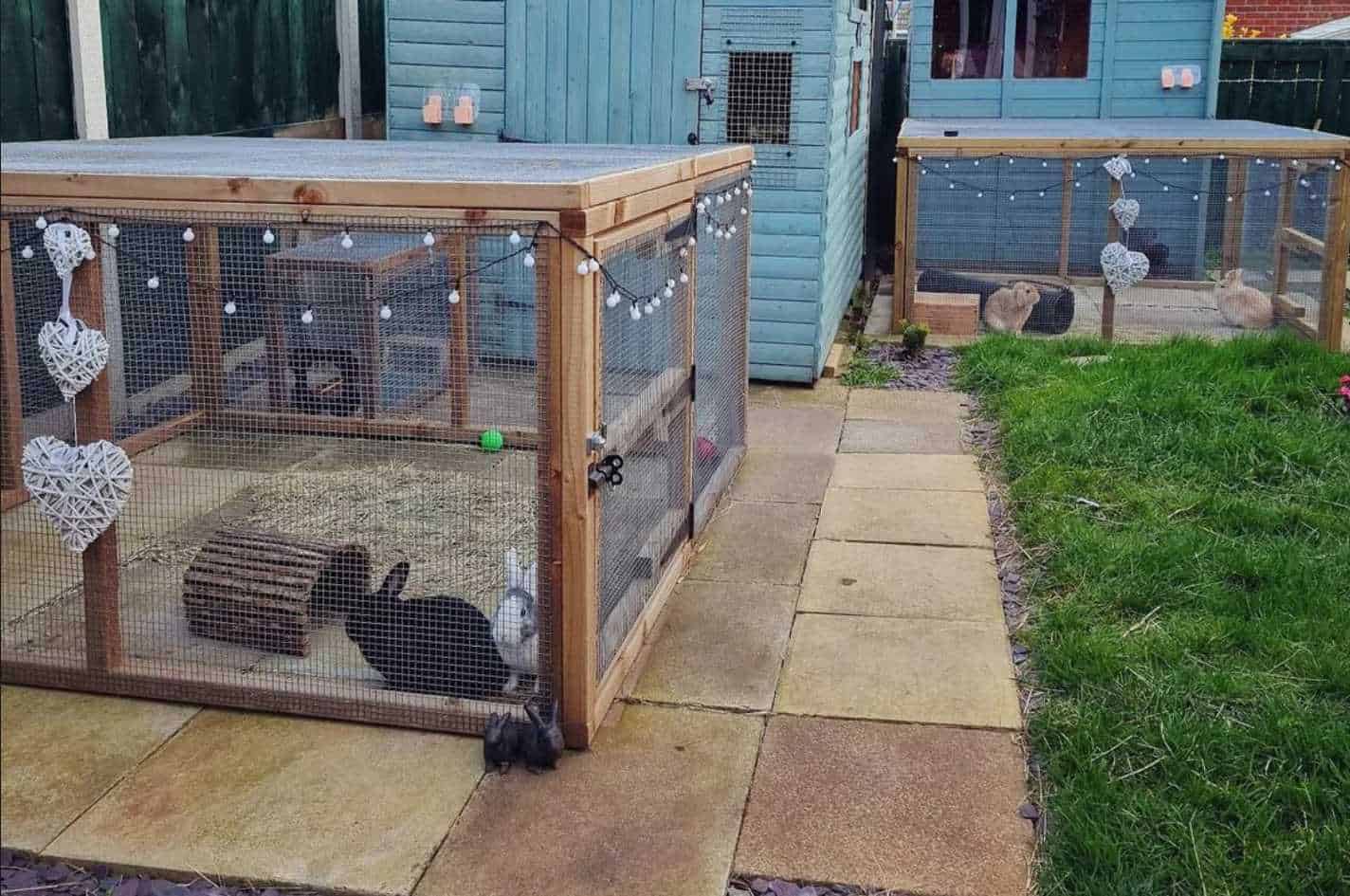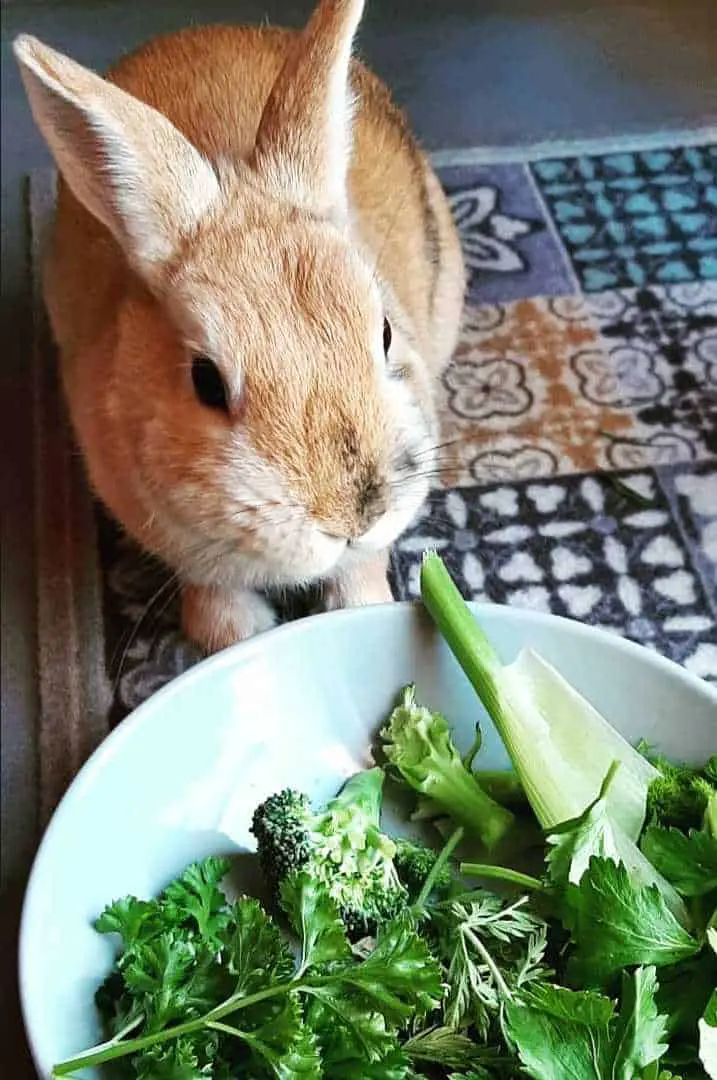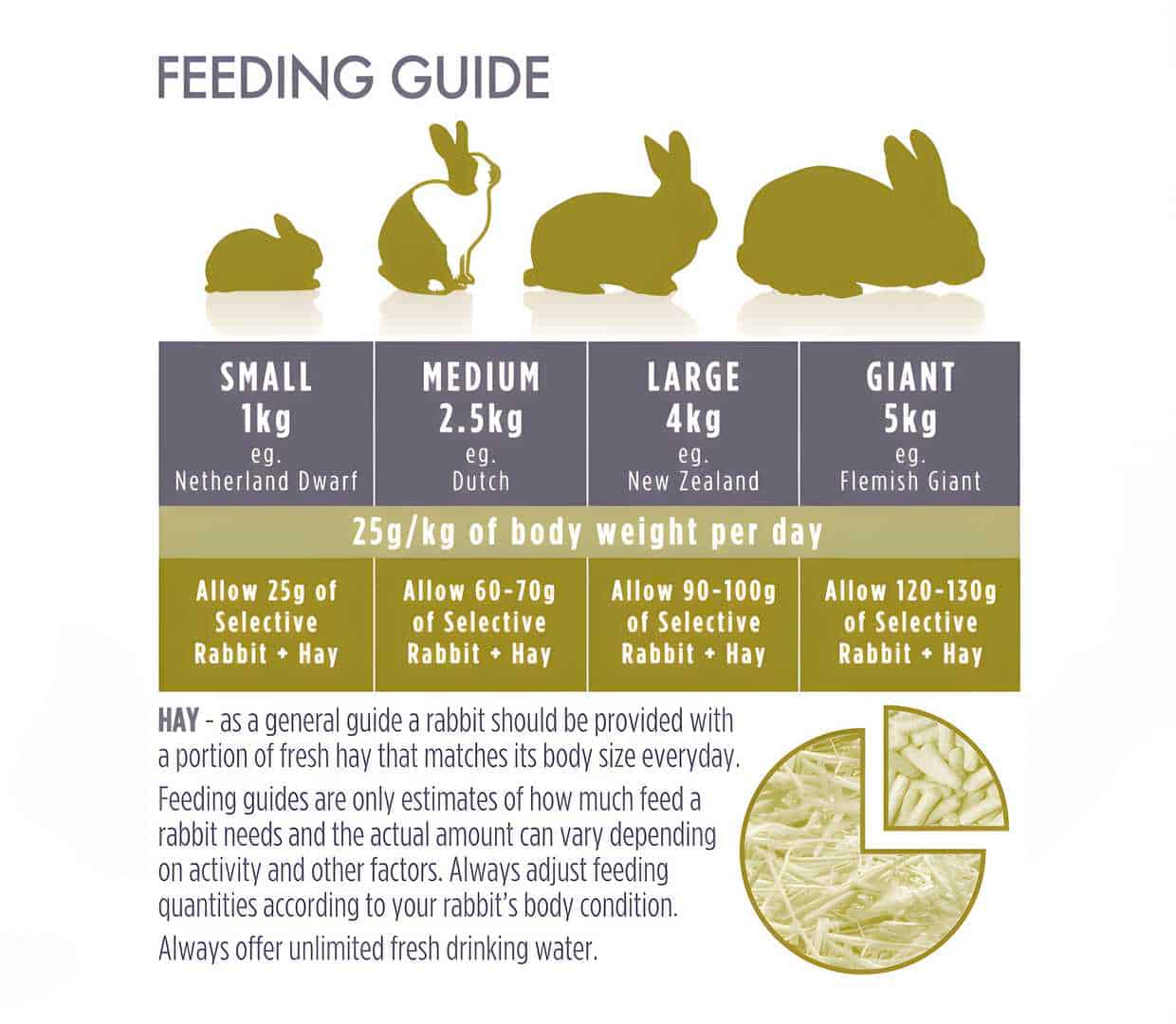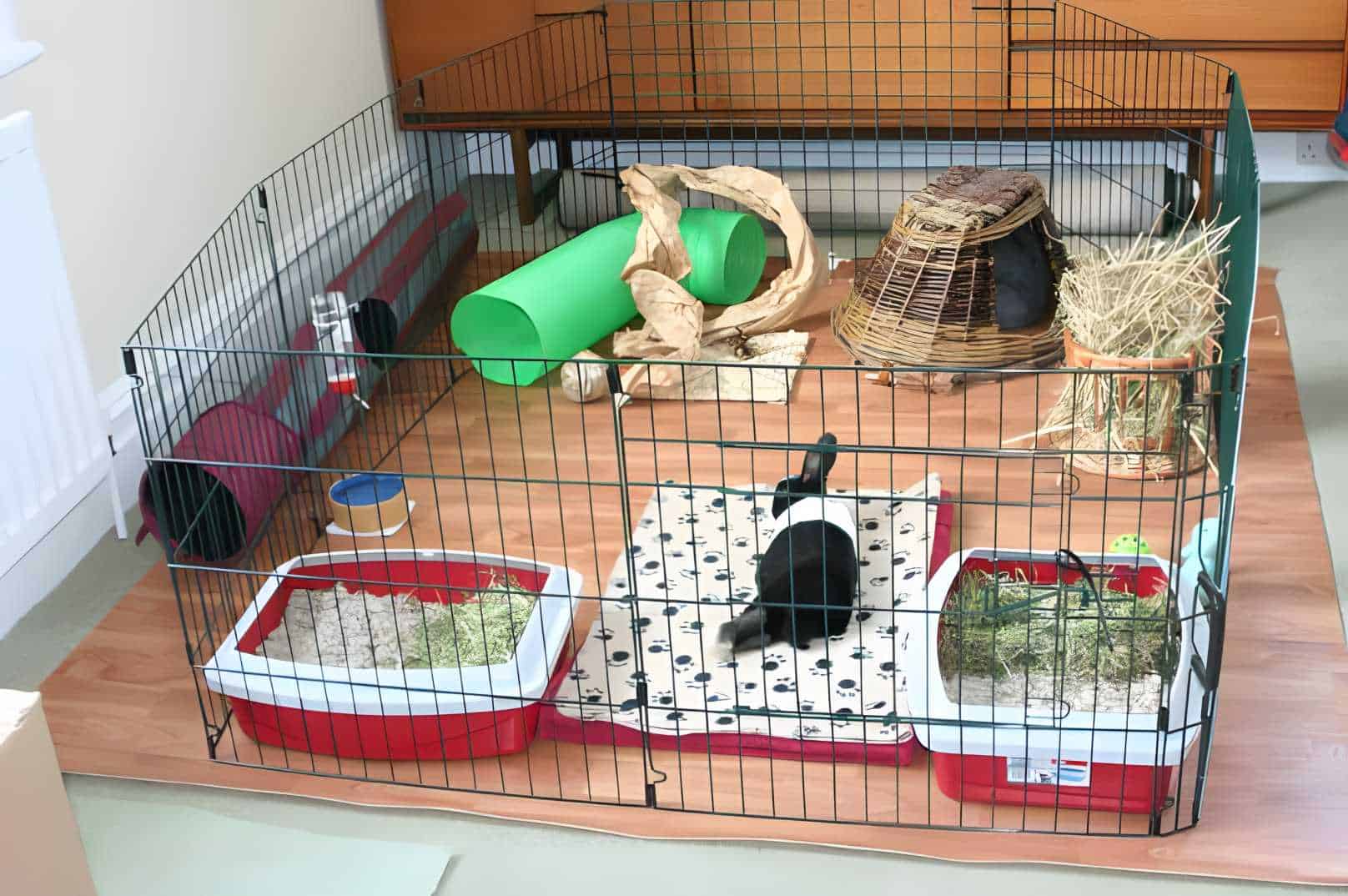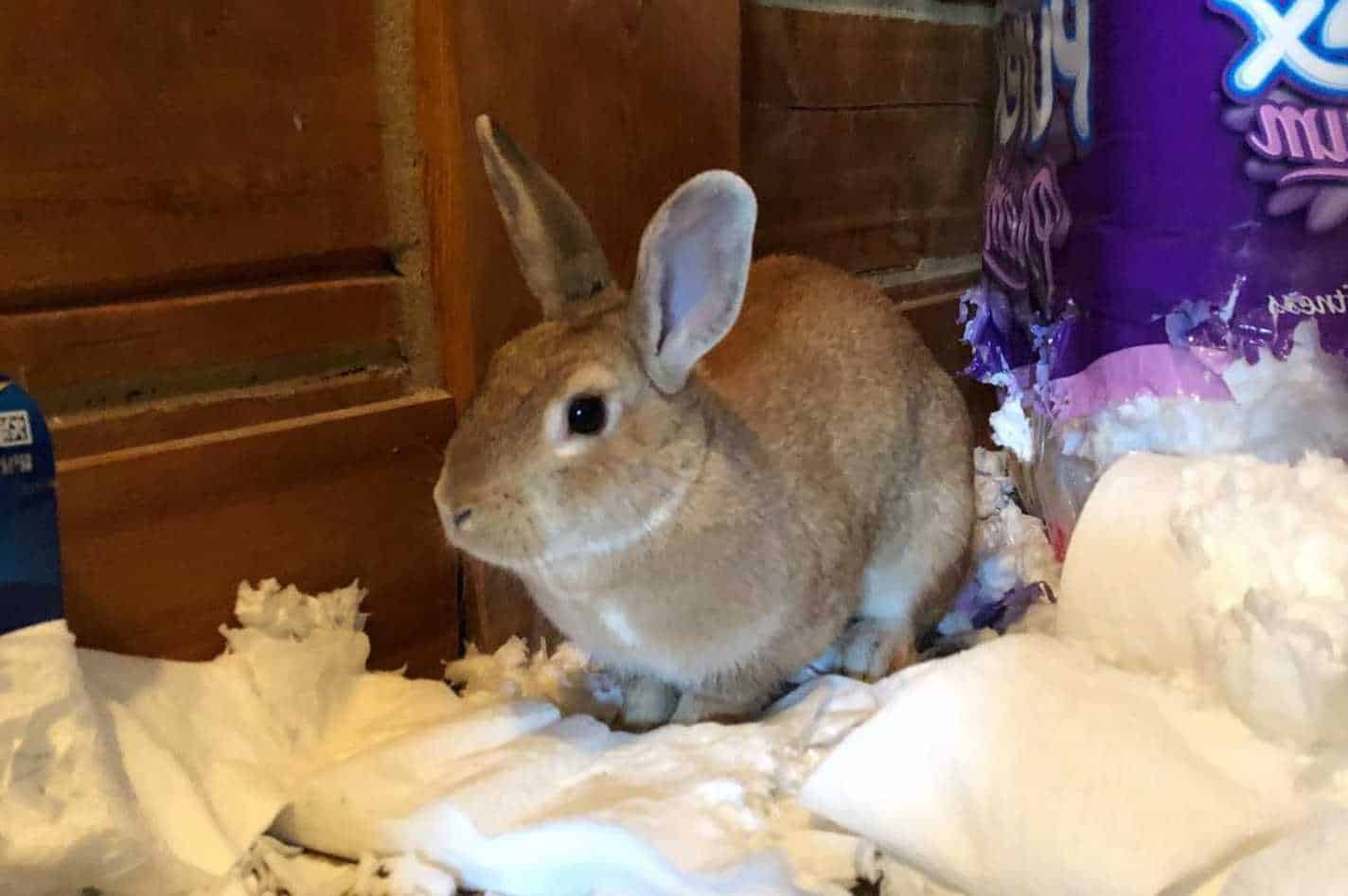Are you planning to have a new pet rabbit? As a new pet owner, you must know how to take care of these amazingly cute furballs. To ensure that you don’t miss out on any care tasks, here’s a Rabbit Care Guide for you. On this page, you’ll learn all about housing, grooming, and feeding tips, ensuring a happy bunny!
Let’s start with the basic need: a safe rabbit shelter.
Rabbit Housing
Rabbits can stay indoors and outdoors. You can either make room for your little bunny inside your house or set up a cage on your lawn. If you opt for your rabbit to stay outside, ensure that its area is away from potential predators that may harass your pet.
Your bunny needs to have its own safe and comfortable corner. Make sure to build a crate or cage that has enough room for your rabbit to move, play, sleep, hop around, eat, and go potty. Here are helpful tips you should consider for rabbit housing:
1. Choose a cage with plenty of room
Your rabbit will be happy inside a spacious cage. A rabbit’s housing should be enough to fit a rabbit’s litter box, water bottle, food bowl, and toys. Some rabbits even love to snuggle in a blanket or cloth, which would need extra space. Ideally, the cage should be big enough for your rabbit to do daily activities without stress.
For an adult rabbit weighing 5-6 pounds, the recommended dimension of the cage is 30 x 20 x 24 inches. Dwarf rabbits can stay comfortably in an 18 x 24 inches cage.
Size up if you have chubbier bunnies! If your pet is still a baby rabbit, think of how big it will grow nearly soon. They grow up pretty fast, so it’s best to choose a cage with an allowance for your rabbit’s growth.
2. Provide comfortable bedding
Just like how humans need their pillows to have a good night’s sleep, rabbits need a comfortable space to rest. Though they don’t need a pillow the same as yours; You can place simple bedding where your rabbit can comfortably lay on.
Examples of beddings are hay, cardboard, shredded paper, cellulose, an old towel, or fleece. In addition to cozy bedding, a cage with a solid floor is suggested.
3. Clean the cage daily
Rabbits can make quite a mess, but no matter how difficult it is, be patient! Clean your rabbit’s cage daily to prevent health problems. We recommend you change the bedding regularly for optimal comfort and sanitation.
Rabbit Diet and Feeding
A rabbit’s digestive system is complex. Similar to a horse, rabbits are classified as “hind-gut fermenters.” This means they have a special organ – the cecum – that functions to break down fiber in their diet.
Rabbits eat lots of hay and grass daily, which are abundant sources of fiber. It makes sense, right? Because they love high-fiber food, they have cecum for fiber digestion. Besides hay and grass, rabbits need to eat other foods and vegetables in their diet. To help you plan your rabbit’s diet, here are things you should keep in mind:
What to include in your rabbit’s daily diet
- Hay: Hay takes up most of the rabbit food pyramid. Grass or hay is a rabbit’s number 1 source of nutrients, providing more organic nutrients than commercial rabbit pellets. Make sure that your rabbit has access to abundant hay or grass 24/7.
- Water: Rabbits need constant daily access to clean and fresh water. If the water has already frozen in the snow, be wary. It would be better to dispose of it right away. Do not give your rabbit contaminated water, or your bunny will get sick!
- Commercial Pellets or Rabbit Nuggets: Always pick high-quality commercial pellets to ensure that your rabbit gets the best benefits. Well-manufactured commercial pellets provide your rabbit with nutrients, vitamins, and minerals.
- Green vegetables: Rabbits love green leafy vegetables. These include cilantro, Romaine lettuce, spinach, beet greens, radish tops, and parsley.
- Fruits:Give your rabbit fruits in moderation. Rabbit-safe fruits include apple, banana, cherries, grapes, melon, orange, nectarine, blackberries, cranberries, and raspberries.
Now that you know foods are great to include in their diet, here’s a valuable tip to keep in mind: Introduce foods in moderation. Gradually introducing foods in your rabbit’s diet will prevent your rabbit from having an upset stomach and contracting health issues.
Rabbit Nutritional Requirement
You might be thinking, “why do I need to plan my rabbit’s diet?”. Well, this rabbit care guide for new owners will tell you why! Like humans, rabbits need to meet their nutritional requirements every day.
Protein
Rabbits need 12-16% protein in their diet. Excessive protein can lead to illness and bacterial growth. In fact, there is a known correlation between protein excess and Clostridium spp that results in enteritis!
Fiber
Pet rabbits need a high-fiber diet accounting for 20% to help their digestive system work properly. Fiber also prevents enteritis and other GI problems. A low-fiber diet can lead to an overweight or obese rabbit. Meanwhile, too much fiber can result in a poor appetite, making your rabbit eat less nutritious foods.
Carbohydrates
Carbohydrates should account for 45% of your rabbit’s diet. They fuel up your rabbit! Carbohydrates are your rabbit’s leading source of energy. Foods that give ample carbohydrates are grass, hay, vegetables, and fruits.
Vitamins
Rabbits need both water-soluble vitamins and fat-soluble vitamins. Vitamins A, D, E, and K fall under fat-soluble vitamins. On the other hand, vitamins B and C are water-soluble. These vitamins help your rabbit grow and develop to maximum health. However, be careful as you might give too many vitamins; Rabbits can provide vitamins for themselves independently.
Did you know that your bunny can produce its own Vitamin B and K?
Rabbit Supply Checklist
As a new pet owner, you’re probably looking for supplies that you might need for rabbit care. This rabbit care guide has a list of supplies you need for your rabbit. Make sure to tick every box!
- Cage
- Hay
- Chew toys
- Food and water container (bowl or bottle)
- Nuggets or pellets
- Fresh vegetables
- Fresh fruits
- Travel carrier
- Nail clipper
- Brush
- Handheld vacuum
- Broom and dustpan
Rabbit First Aid Kit
You might’ve not thought of it yet, but your rabbit needs its own first aid kit! As you know, emergencies can happen, mainly because rabbits are highly active and playful furballs. To work your way around emergencies and hiccups, it’s best to have a first aid kit come in handy.
The following are the supplies you can prepare for your rabbit’s First Aid Kit:
- Gauze Pads
- Bandage tape
- Cotton balls
- Q tip
- Tweezers
- Safety scissors
- Disposable gloves
- Disinfectant solution
- Neosporin
- Oral syringes and eyedropper
- Ointment
- Thermometer
- Cooling pad
- Heating pad
- Towel
Most importantly, have your rabbit’s veterinarian’s contact information ready. Keeping your vet’s contact information handy is extremely helpful in emergency situations.
Rabbit Grooming
Your furball needs to maintain its wonderful coat. And as a pet owner, you have to learn how!
Here are techniques to keep your rabbit’s coat amazingly soft:
- Brush your rabbit’s fur regularly. Ideally, it would be best to do this every 3-7 days.
- Brushing your rabbit’s hair helps in keeping it soft and clean. Brushing also removes tangles, making your rabbit comfortable and fuss-free.
- Use efficient grooming tools like a slicker brush, fur splitter, mini shaver, and flea comb.
It’s also essential to keep your rabbit’s nails groomed. Check your pet’s nails once a week and trim them when necessary. Long nails may cause wounds and toe injuries for your bunny. Besides your rabbit’s fur and nails, check his ears too. Remove ear wax using a q tip or cotton swab. Be careful when doing this as you might hurt your rabbit – we don’t want that!
How to Train a Rabbit
Do you want to see your rabbit perform tricks? You can do that with patience and training. It might take a while, but seeing your rabbit follow commands would sure be worth it!
Firstly, consider your bond. It would help if you built a bond with your rabbit, so your rabbit becomes confident enough to do tricks. By having a good connection with your pet, you also get to understand what motivates him.
The top 6 easiest tricks for rabbits to learn are:
- Come
- Kiss
- Spin
- Beg
- Up
- High five
The “Come” trick is a good start for rabbits and new owners. You can begin by calling their name and giving them a treat as they move closer to you. When training, use short words and names to make it easier for your rabbit. Long expressions and phrases can be pretty confusing for pets.
Conclusion
Rabbits need a safe nook, healthful diet, and regular grooming for optimal comfort and health. We hope our Rabbit Care Guide helped you with the basics of rabbit care. With those tips, your rabbit will be all smiles doing the binky – After all, we both just want your rabbit happy!
